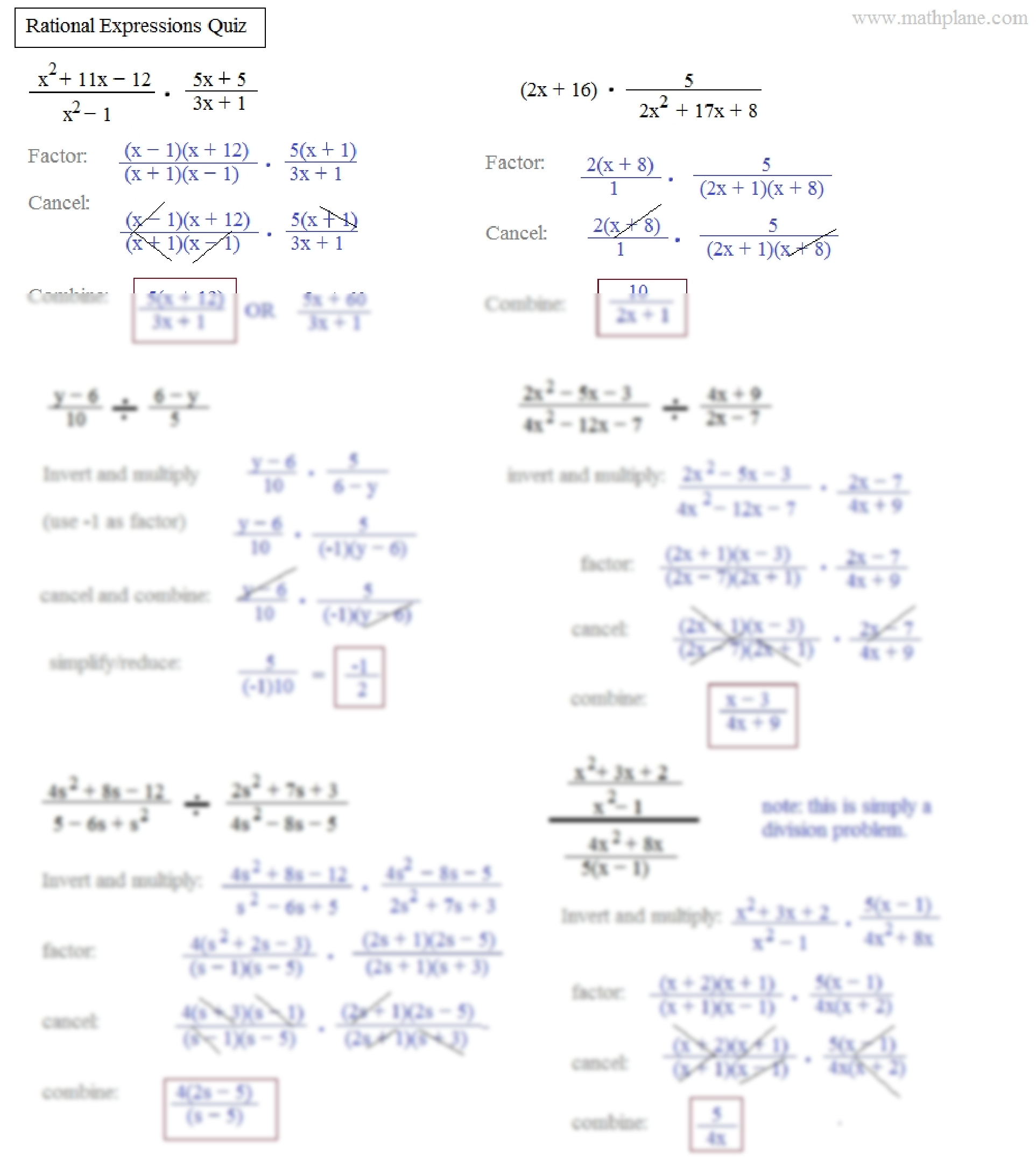Free Sentences With Commas Worksheets for Better Writing

If you're looking to enhance your writing skills or to teach others how to use commas correctly, free sentences with commas worksheets are a fantastic resource. These worksheets are designed to address common misconceptions and practices in comma usage, helping students and writers improve their punctuation skills.
Why Commas Are Important in Writing

Commas serve as the unsung heroes of punctuation. They:
- Clarify meaning by separating clauses and items in lists.
- Help with the flow of sentences, making reading smoother and more comprehensible.
- Define pauses for readers, which can dramatically alter the sentence’s interpretation.
Understanding Comma Usage

Before diving into worksheets, let’s review some fundamental rules:
- The List Comma: Use commas to separate items in a list. Example: I bought apples, bananas, and oranges.
- The Joining Comma: When connecting two independent clauses with a conjunction (like ‘and’, ‘or’, ‘but’), a comma comes before the conjunction. Example: She finished her work, but she forgot to save it.
- The Introductory Phrase Comma: After an introductory word or phrase, use a comma to separate it from the main sentence. Example: Nonetheless, she continued to work.
- The Parenthetical Comma: Use commas to set off nonessential phrases or clauses that interrupt the flow of the sentence. Example: Sarah, who is my friend, finished first.
- The Comma with Direct Address: Use commas when addressing someone directly. Example: Mom, can you help me?
💡 Note: Remember the serial comma (Oxford comma) rule varies; some styles opt to include it for clarity, while others do not.
Worksheet Activities

To help you or your students grasp the nuances of comma placement, here are some activities:
Comma Correction

Present a series of sentences with incorrect or missing commas. The goal is to correct these sentences:
| Incorrect | Corrected |
|---|---|
| It was a sunny day she decided to go for a walk. | It was a sunny day, so she decided to go for a walk. |
| My favorite fruits are apples, oranges pears. | My favorite fruits are apples, oranges, and pears. |

Comma Practice

Provide sentences where participants fill in commas where needed:
- Tim went to the shop he bought milk bread and cheese.
- In my spare time I enjoy reading writing and painting.
Interactive Games

Create games that involve:
- Drag-and-drop commas into sentences.
- Quiz-based competitions to spot correct comma placement.
- Role-play exercises where participants explain comma usage to others.
Punctuation Scavenger Hunt

Encourage participants to find real-life examples of commas in books, newspapers, or signs:
- Find five sentences that use commas to separate items in a list.
- Locate three sentences that use commas to join independent clauses.
💡 Note: Remember to adapt these exercises to the age and skill level of the learners for optimal effectiveness.
Practical Applications in Writing

Improving comma usage isn’t just about fixing errors; it also enhances:
- Clarity: Ensures your reader interprets your sentences as intended.
- Professionalism: Good punctuation contributes to well-regarded writing.
- Readability: Proper comma use allows for a smoother reading experience.
- Confidence: Knowing where to place commas correctly can boost your writing confidence.
As we wrap up this exploration into the world of commas, remember that mastering this punctuation mark is not just about following rules but understanding the rhythm and pace of sentences. Whether you're a student aiming for better grades or a professional seeking to refine your writing, these worksheets offer a direct path to improved comma usage. They not only challenge and educate but also provide the fun element necessary for engaging learning.
Why are commas important in writing?

+
Commas are crucial for providing clarity, defining pauses in reading, separating list items, and joining independent clauses correctly.
What are some common mistakes people make with commas?

+
People often misuse commas by overusing them, missing necessary commas, or placing them in incorrect positions, which can confuse readers.
How can using worksheets help with learning commas?

+
Worksheets provide structured practice, immediate feedback, and targeted exercises to apply rules, helping to cement the correct usage of commas through repetition and reinforcement.



